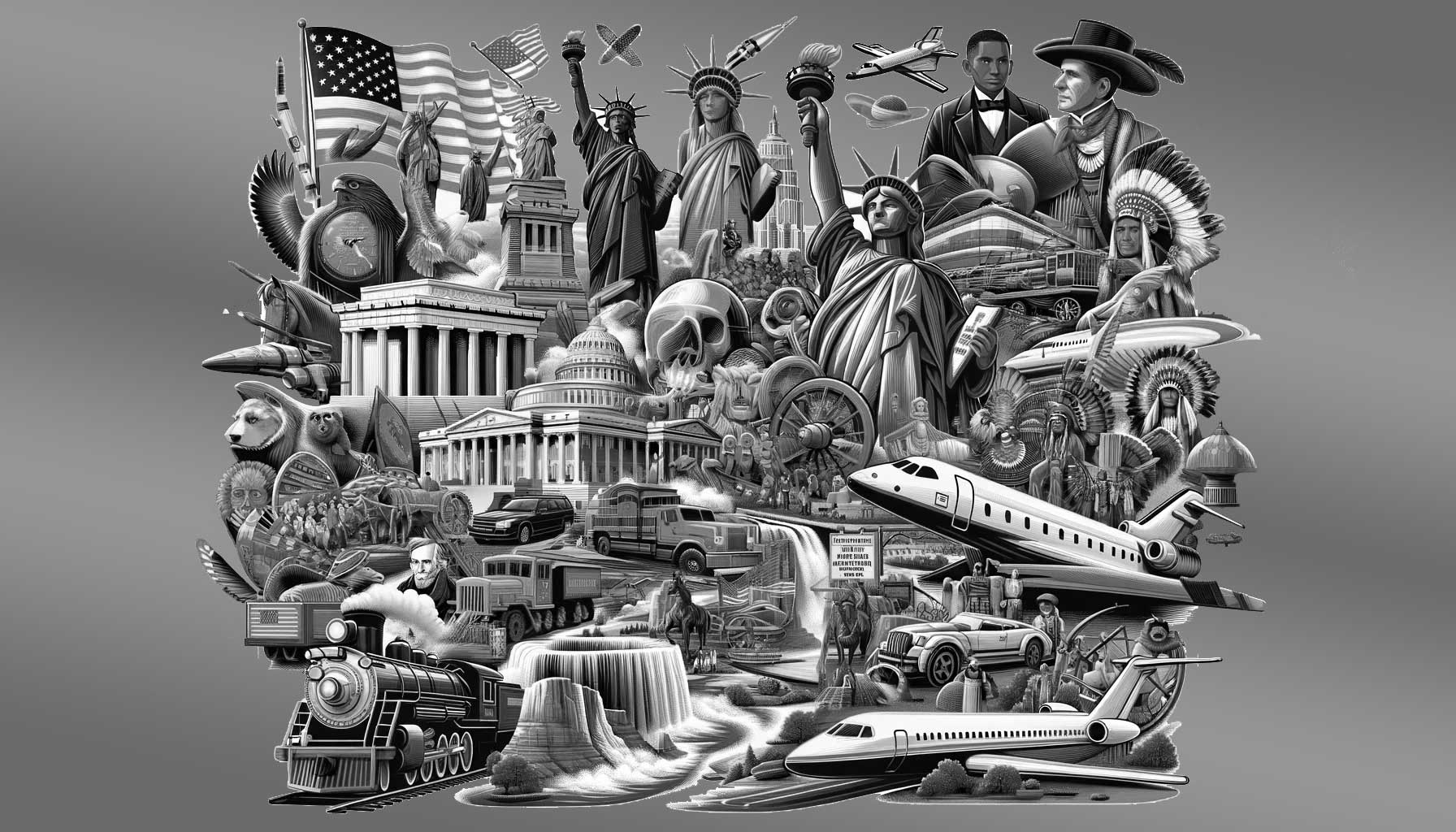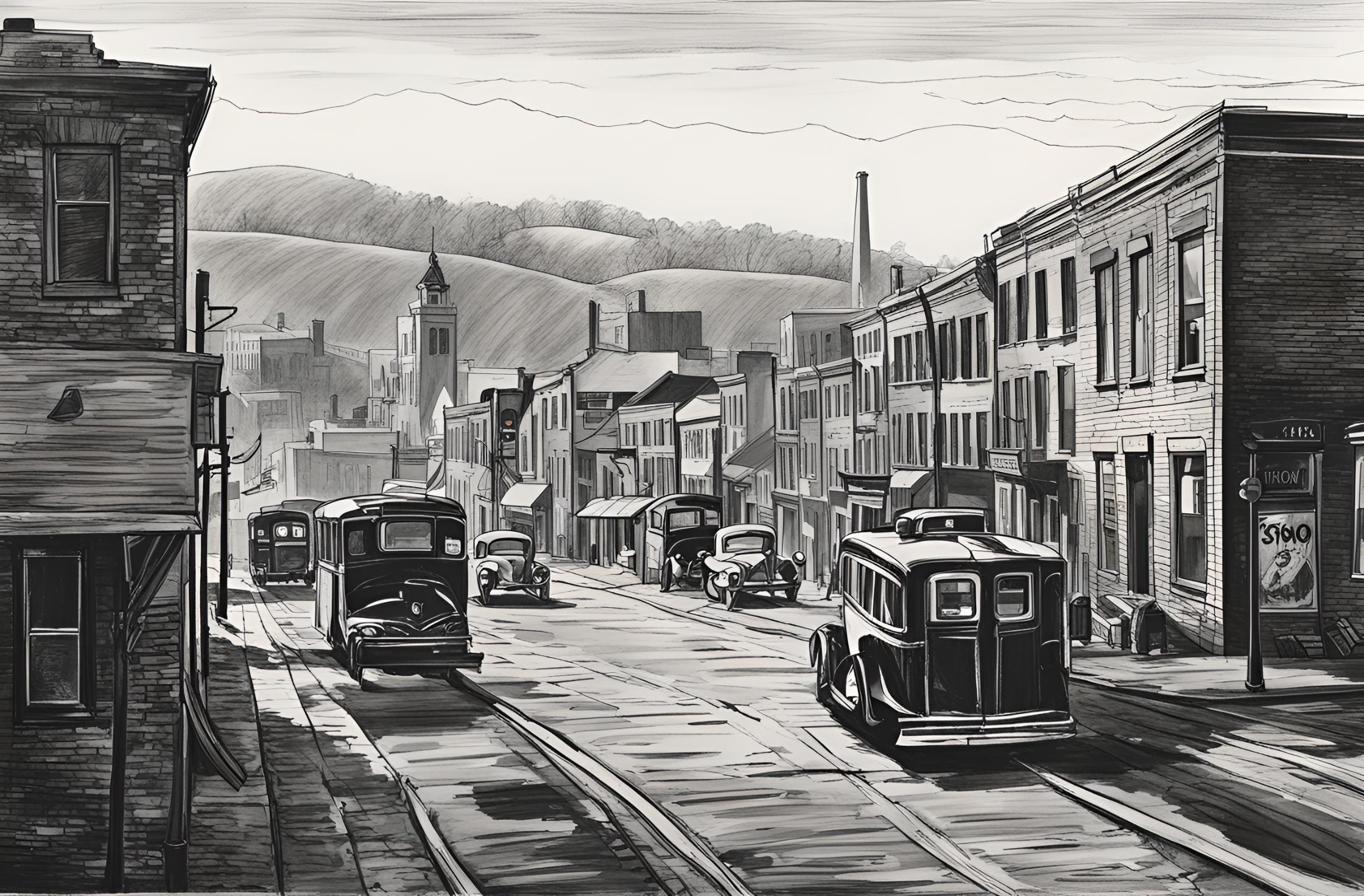Flashback to October 30
American History

The U.S. economy experienced a significant downturn in the third quarter (July-September) of 2008, shrinking by 0.3 percent. This marked the most significant contraction the economy had seen in seven years. A key contributing factor to this downward trend was consumer spending, which dipped to its lowest level in 28 years during this same quarter. This event, which took place on 10/30/2008, offers an insightful look at the economic challenges that the nation faced at this time.
The 0.3 percent contraction of the U.S. economy during the third quarter is a numerical expression of the magnitude of the economic decline. It serves as an indication of the difficulties that both businesses and consumers endured during this time. This figure becomes even more significant when put into perspective – it signifies the most severe contraction the economy had experienced within the span of seven years.
Furthermore, consumer spending, which fuels more than two-thirds of the U.S. economy, experienced a significant drop in this third quarter of 2008. This decrease in consumer expenditure marked a staggering 28-year low, emphasizing the crisis-facing consumers during this period. Reduced consumer spending not only affects businesses that rely on consumer purchases for revenue, but it also impacts the broader economy, leading to job losses and slowing down economic growth.
The reasons behind this 0.3 percent shrinkage in the U.S. economy and the low consumer spending can be traced back to a number of factors. One of these is the global financial crisis which began in 2007 and escalated in 2008. This crisis had a significant effect on the economy, as it limited the availability and increased the cost of credit. As a result, many businesses found it challenging to finance their operations, contributing to an overall slump in the economy.
Simultaneously, the crisis led to record levels of unemployment, further impacting consumer spending. With less disposable income, many consumers found themselves forced to cut back on their spending. This trend was particularly damaging to businesses in the retail and leisure sectors, which rely heavily on consumer spending. The reduced consumer spending, as a result, both influenced and mirrored the overall economic decline.
Despite the grim picture painted by these figures, it’s critical to remember that economies are fluid and constantly changing. While the third quarter of 2008 marked a low point for the U.S. economy and consumer spending, it also set the stage for rebound and recovery efforts. Post this period, the U.S. took significant measures to stimulate the economy and kick-start consumer spending.
Analyzing the trends and events from this period provides valuable insights into how the nation reacted to a significant economic downturn. It offers a glimpse into the resilience of the U.S. economy in the face of adversity. It is also instructive for modern-day businesses and policymakers, offering crucial lessons about economic resilience and the importance of consumer confidence to economic health. The events of the third quarter of 2008 stand as a stark reminder of the interplay between consumer spending and general economic health, as well as the challenges and opportunities that economic crises can present.
the 0.3 percent contraction of the U.S. economy during the third quarter of 2008, along with the lowest consumer spending in 28 years, marks a significant moment in economic history. It underscores the impacts of global financial crises on national economies and the vital role of consumer confidence and spending in economic stability and growth. Despite the challenges, such difficult periods also offer invaluable lessons in resilience, recovery, and the capacity to adapt and grow in the face of adversity.
We strive for accuracy. If you see something that doesn't look right, click here to contact us!
Sponsored Content

20 die and 6,000…
"In one of the…

The US economy shrank…
Experiencing a 0.3 percent…

